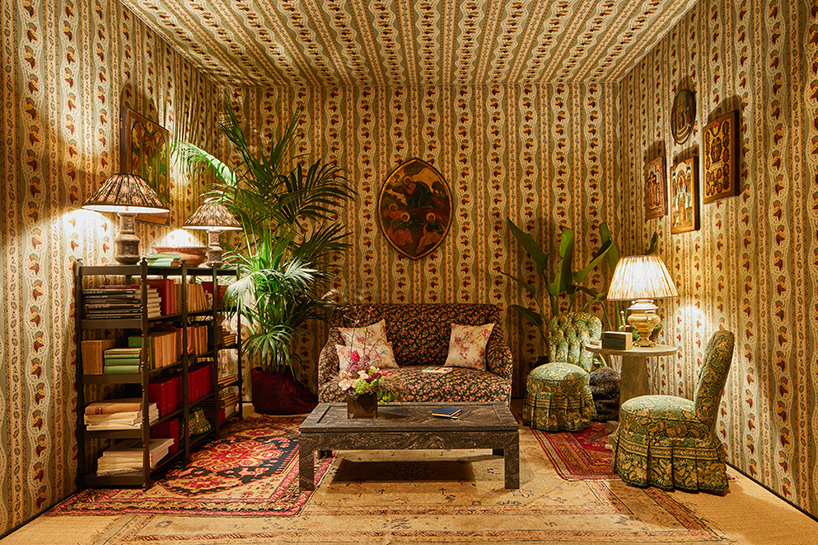Choosing a career path is significant, especially when it involves fields as dynamic and creative as architecture and product design. Both professions offer opportunities to shape the world, but they do so in distinct ways. Understanding the differences can help you make an informed choice that aligns with your passion, skills, and career goals.

Understanding the Fundamentals
Architecture is the study of buildings in which aesthetics, functionality, and design sustainability are considered. It involves creating functional spaces that are aesthetically pleasing while also being structurally sound and sustainable. Architects work on a broad spectrum of projects, from residential homes to skyscrapers, schools, and public spaces. Their work involves not just design, but also a deep understanding of materials, construction methods, environmental impact, and urban planning. The role is both creative and technical, requiring a strong foundation in mathematics, physics, and engineering principles.
Product Design, in contrast, focuses on the creation of everyday objects that people use. This can range from small consumer products like smartphones and kitchen appliances to larger items like furniture and vehicles. Product designers need to balance aesthetics, functionality, and user experience while considering manufacturing processes and cost-effectiveness. This field requires an understanding of materials, ergonomics, and market trends, as well as skills in sketching, prototyping, and 3D modeling. Product designers often work closely with engineers and marketers to bring their designs to life.

Exploring Career Paths in Interior Design and Architecture
Choosing a career path in the design field often comes down to a decision between interior design and architecture. Both disciplines involve creating functional, aesthetically pleasing spaces, but they differ significantly in scope, focus, and required skills. Understanding these differences can help you determine which path aligns with your interests and long-term goals.
Interior Design: Crafting Spaces for Living
Interior design focuses on the functionality and aesthetics of interior spaces within buildings. Interior designers work on various projects, including residential homes, commercial spaces, offices, hotels, and retail environments. Their primary goal is to create spaces that meet the needs and preferences of the occupants while also considering factors such as lighting, color, texture, and spatial flow.
Key Responsibilities:
- Collaborating with clients to understand their needs and vision.
- Selecting materials, colors, furniture, and decor to create a cohesive design.
- Creating detailed plans and 3D models to visualize the final space.
- Coordinating with contractors, architects, and suppliers to execute the design.
Key Differences Between Architecture and Product Design
- Scope and Scale:
- Architecture deals with large-scale projects, often involving teams of professionals over several years. The scope is broad, encompassing not just individual buildings but also their relationship to the surrounding environment. Architects must consider the impact of their designs on communities, cities, and the planet.
- Product design, however, is typically more focused and detailed. Designers work on objects that fit within the palm of your hand or occupy a small space. The impact of their work is measured on a different scale—how well the product fits into the user\’s life and meets their needs.
- Creativity vs. Functionality:
- Both fields require creativity, but the nature of that creativity differs. In architecture, creativity must be balanced with strict functional requirements and regulatory constraints. The design must meet safety standards, withstand environmental conditions, and accommodate human behavior in a specific context.
- Product design also requires balancing creativity and functionality but with a focus on user experience. Designers must consider how people will interact with the product, from the initial unboxing to long-term use. The goal is to create products that are not only visually appealing but also intuitive and satisfying to use.
- Job Roles and Work Environment:
- Architects often work in offices, collaborating with engineers, urban planners, and construction managers. Their work involves site visits, client meetings, and presentations. They must navigate a complex web of building codes, regulations, and stakeholder interests. Projects can span years, from initial concept to completion.
- Product designers work in a variety of settings, including design studios, corporate offices, and manufacturing facilities. They often engage in rapid prototyping, testing, and iteration. The design process is typically faster-paced than architecture, with products moving from concept to market within months or even weeks.
- Career Opportunities and Growth:
- A career in architecture offers stability, but it can be a long road. After earning a degree, aspiring architects must complete internships, pass licensing exams, and gain practical experience. The profession offers opportunities to specialize in areas like sustainable design, heritage conservation, or urban planning.
- Product design offers more flexibility and variety in career paths. Designers can work in various industries, from technology and consumer goods to automotive and fashion. They can also move into roles in UX/UI design, brand strategy, or innovation consulting. The skills developed in product design are highly transferable, making it easier to pivot to related fields.

Which Should You Choose?
When deciding between architecture and product design, consider the following factors:
- Interest and Passion:
- Are you fascinated by buildings, cities, and the built environment? Do you enjoy thinking about how spaces can influence human behavior and society? If so, architecture may be your calling.
- If you’re more interested in tangible objects and enjoy the challenge of improving everyday items, product design might be the better fit. Think about whether you’re more inspired by urban landscapes or by the objects that fill your daily life.
- Skill Set:
- Architecture requires a strong foundation in math, science, and engineering, along with artistic skills. If you excel in these areas and enjoy working on complex, multifaceted projects, architecture could be a good match.
- Product design, on the other hand, demands a keen eye for detail, an understanding of materials, and a user-centric mindset. If you’re good at visualizing ideas and enjoy the process of iteration and refinement, consider product design.
- Long-Term Goals:
- Consider where you want to be in 10 or 20 years. Architects often work on fewer projects, but the impact of each can be profound and long-lasting. If you’re motivated by the idea of leaving a lasting legacy through buildings, architecture offers that potential.
- Product designers may work on many projects over their careers, with each product impacting a smaller but significant part of people’s lives. If you’re driven by innovation and want to see your designs quickly come to life, product design is an exciting option.
Conclusion
Choosing between architecture and product design is ultimately about aligning your strengths and interests with the opportunities each field offers. Both careers are rewarding and offer the chance to make a tangible impact on the world. Reflect on what excites you most—whether it’s shaping spaces that people inhabit or creating products that people use daily—and let that guide your decision. Whether you choose to build environments or design objects, your creativity and dedication will be the key to a fulfilling and successful career.

Why IVS School of Art & Design for embracing your future in Interior and Architecture Design?
At IVS School of Art and Design, we offer a specialized BSc in Interior Design that equips students with a deep understanding of design principles and practical skillsChoosing the IVS School of Art and Design for your education means joining one of India\’s leading institutions for interior design. We offer comprehensive courses that blend creativity with practical skills, ensuring our students are well-prepared for the dynamic field of interior design. With experienced faculty, state-of-the-art facilities, and a curriculum that keeps pace with industry trends, IVS is dedicated to nurturing the next generation of design professionals. Whether you’re looking to start a new career or advance your skills, our programs provide the foundation and inspiration you need to succeed in the ever-evolving world of interior design.

